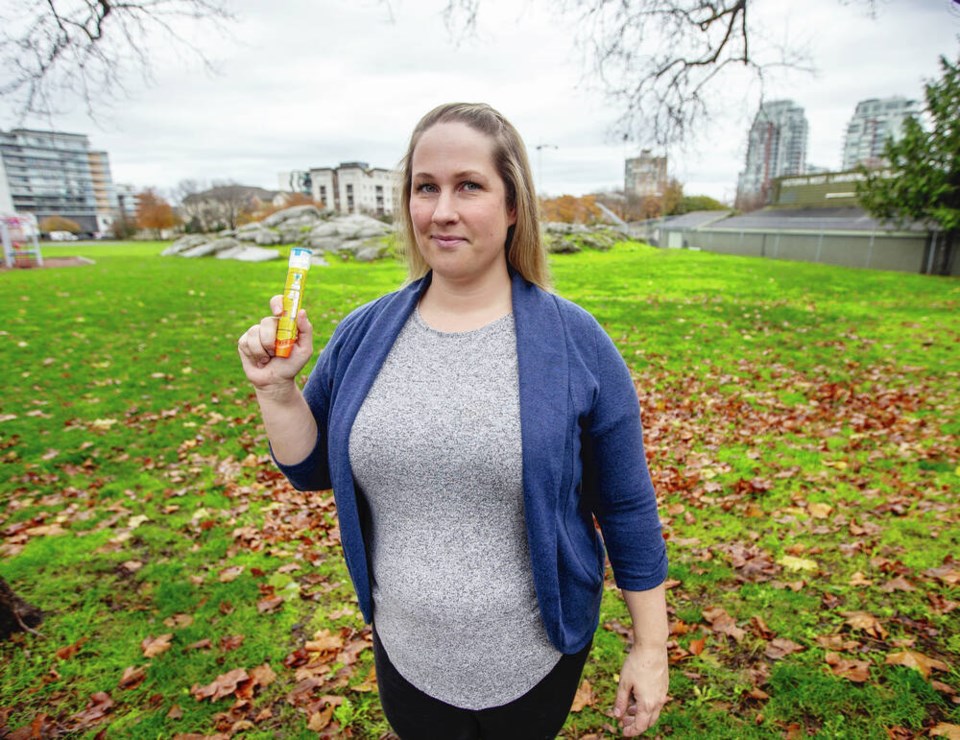It took four hours for Annie Taal to get her second dose of the COVID vaccine, but she didn’t mind.
It was a slow process because she had to be given five microdoses of the vaccine after having an anaphylactic reaction to her first dose.
“I wasn’t nervous,” said the 32-year-old event planner and fundraiser at the University of Victoria. “I felt I was in the safest place. There were two allergy specialists and eight nurses. I had no real worries. They talked me through everything so well. I was prepared for everything.”
Although the doses are generally administered 15 minutes apart, Taal had some minor reactions to the micro doses. “They stretch the 15 minutes out until you plateau and feel OK. At every point, they say: ‘Are you ready for the next one?’ ”
She is now fully vaccinated and participating in a provincial study of people who have experienced an allergic reaction to the vaccine. “It’s pretty cool. At least if something bad has to happen to you, at least you can help other people.”
Taal had been excited to get her first vaccine dose in May. She was the last of her family and friends to be vaccinated. “I remember feeling like a dork. I was thanking all the nurses. It felt like a momentous moment because I had been waiting so long to get it,” laughed Taal.
But her euphoria was short-lived. Although she dutifully waited 15 minutes at the Archie Browning arena after the vaccination, Taal began to feel unwell seconds after she walked out of the building. Her throat became itchy, sore and swollen.
“At the 18- to 19-minute mark, I felt like a truck ran over me. I was flushed, red and hot. I looked like my whole face was sunburned. My chest was all red. I felt like I had a pineapple core shoved down my throat.”
Taal returned to the clinic. The nurses calmed her, called her sister and administered epinephrine. She was taken to Victoria General Hospital for observation.
After she recovered from the first dose, Taal met with an immunologist to determine if she could receive a second. She decided to go for a second dose, and received it in five microdoses over four hours.
Taal, who had anaphylactic reactions in her teens and 20s, said she had done her research on whether to get vaccinated, speaking with her doctor and her sister, who is a public health nurse. Taal said she is much more worried about the effects of COVID than an allergic reaction to the vaccine.
She went public with her story about the successful second dose because she understands that people are scared and fed up.
“Even if one person with serious allergies who is scared to get vaccinated asks their doctor about it, that’s worth it to me,” said Taal.
Anaphylaxis and allergic reactions are the most frequently reported events following all of the COVID-19 vaccines, according to the provincial health authority.
Dr. Richard Stanwick, Island Health’s chief medical health officer, said severe anaphylactic allergic reactions to COVID-19 vaccines are very rare, about one in 100,000 people.
Vaccine centres are trained to help people who are having an allergic reaction, and Island Health has allergists who can address the issue, said Stanwick.



